
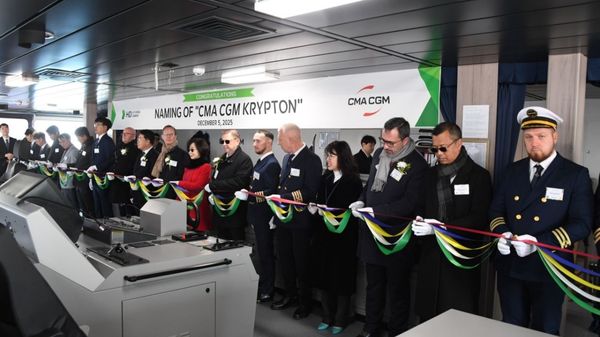
|
CMA CGM names 13,000-teu methanol-fuelled containership in South Korea
Dual-fuel vessel will operate on Asia-Mediterranean-Middle East service connecting three regions. |
|
|
|
||
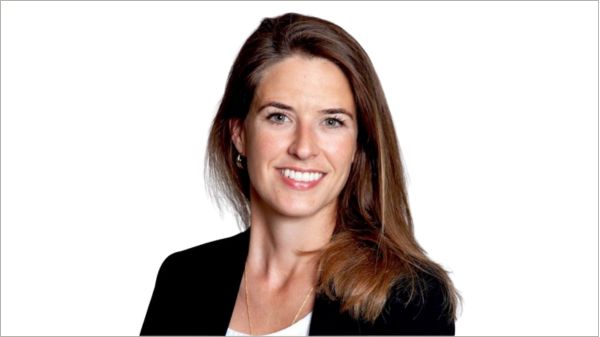
|
Shipping industry pivots to fuel efficiency amid regulatory uncertainty on decarbonisation
ABB says pragmatism prevails as shipowners focus on adaptable technologies following IMO net-zero framework delay. |
|
|
|
||
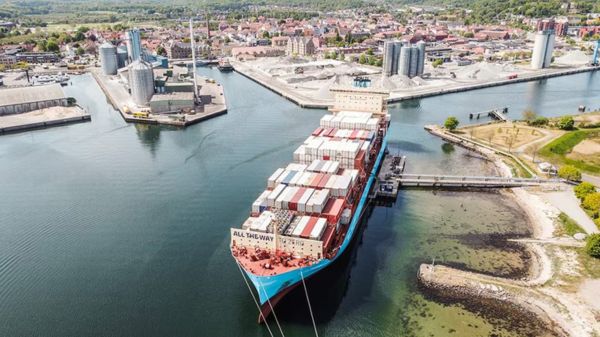
|
Maersk to trial 50% ethanol blend on dual-fuel methanol vessel
Shipping line plans higher-ethanol-content tests following initial 10% blend trial on Laura Maersk. |
|
|
|
||
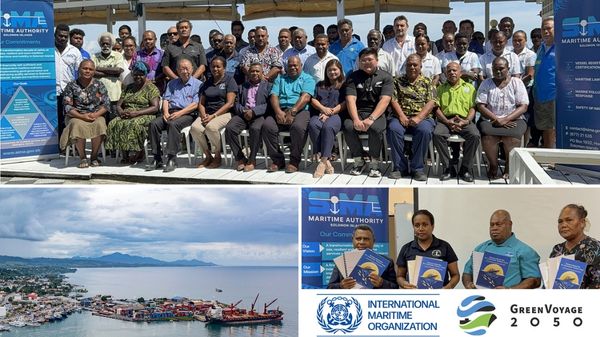
|
Solomon Islands unveils plan to reduce reliance on fossil fuels
Maritime authority develops roadmap with IMO support to modernise vessels and port infrastructure. |
|
|
|
||
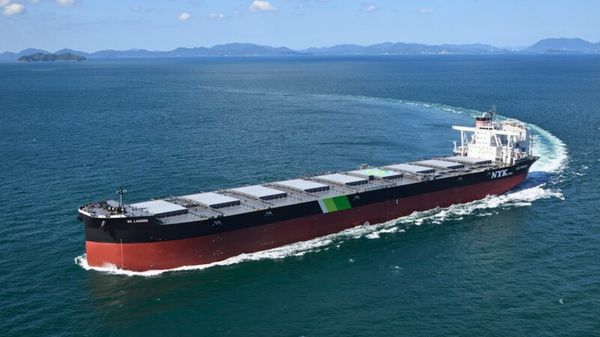
|
Japanese shipbuilder delivers LNG-fuelled Capesize bulk carrier
Imabari Shipbuilding completes 209,000-dwt vessel with dual-fuel capability and enhanced environmental performance. |
|
|
|
||
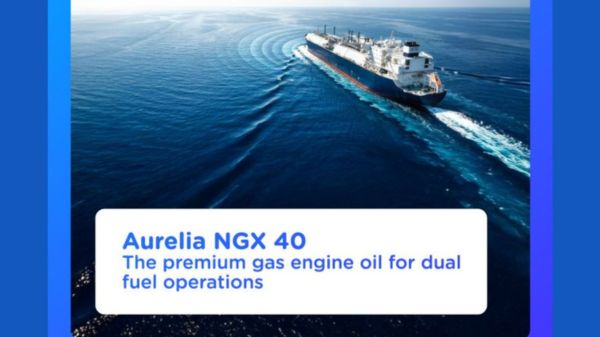
|
Lubmarine launches dual-fuel engine oil for gas operations
TotalEnergies unit claims product enables extended service life and reduced maintenance costs. |
|
|
|
||
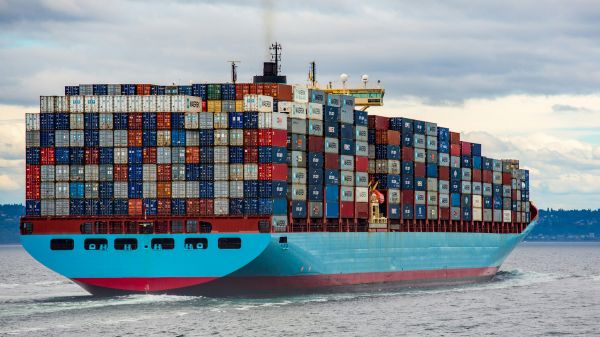
|
DNV clarifies FuelEU Maritime flexibility mechanisms ahead of first reporting deadline
Classification society explains banking, borrowing, and pooling options for vessel compliance balances. |
|
|
|
||
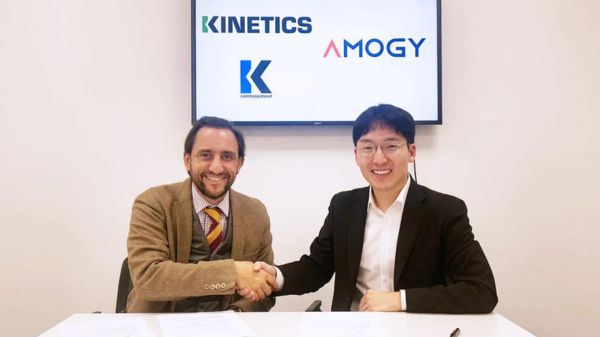
|
Kinetics invests in Amogy to deploy ammonia power for floating infrastructure
London-based Kinetics backs ammonia-to-power firm to develop zero-emission solutions for Powerships and data centres. |
|
|
|
||

|
Maria Skipper Schwenn steps down from IBIA board
Danish Chamber of Commerce role prompts departure after eight months on association's global board. |
|
|
|
||
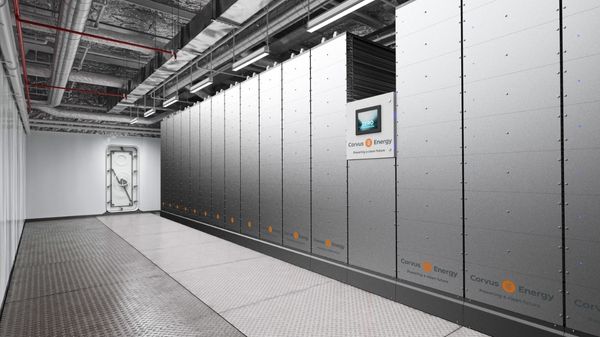
|
Corvus Energy unveils LFP battery system for marine applications
Battery supplier targets lower lifecycle costs and 15-year lifespan with Blue Whale NxtGen. |
|
|
|
||
| International Paint joins SEAaT [News & Insights] |
| Using existing technology to cut fuel costs [News & Insights] |
| Eco-efficiency tool developed to compare costs [News & Insights] |